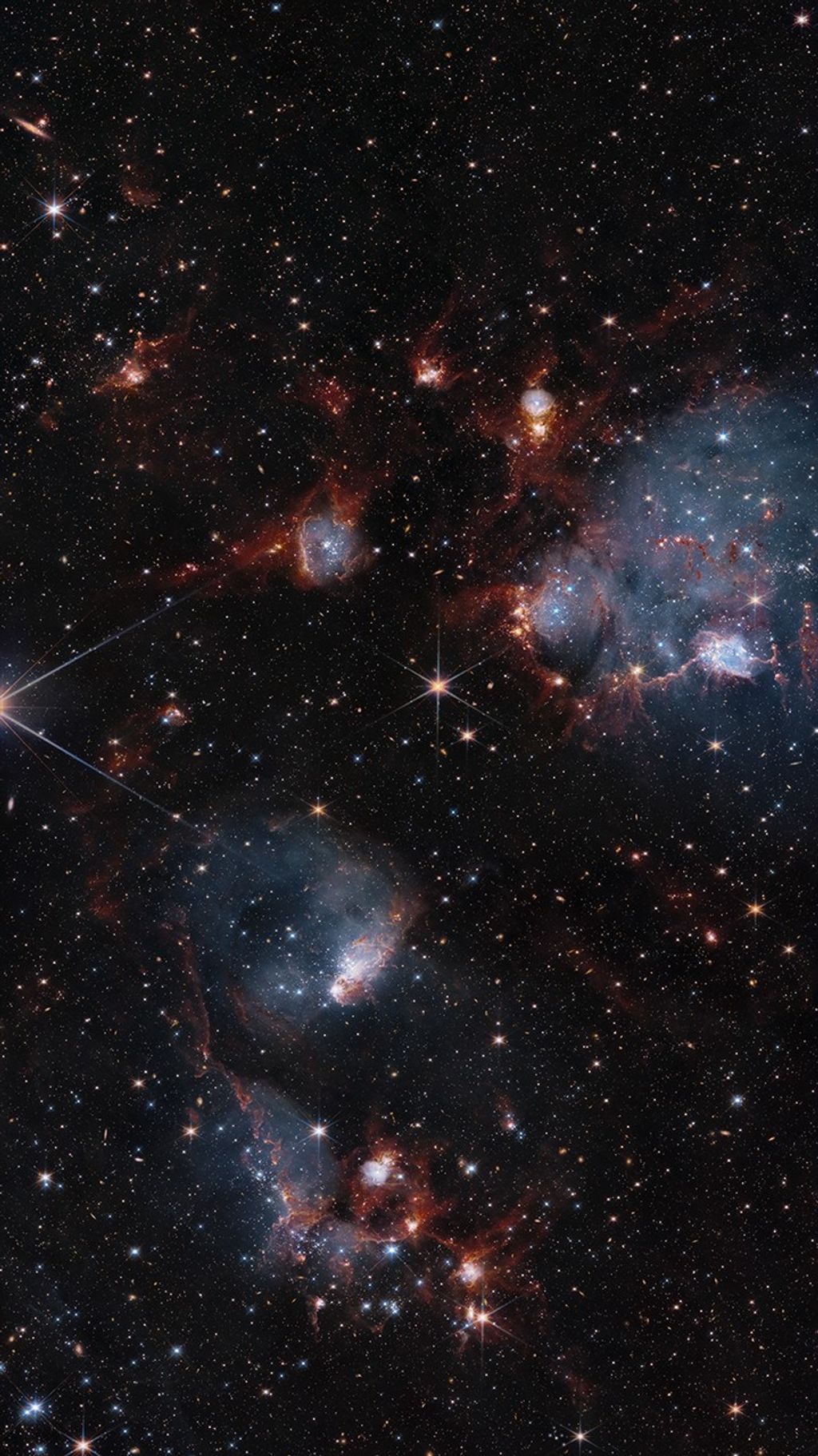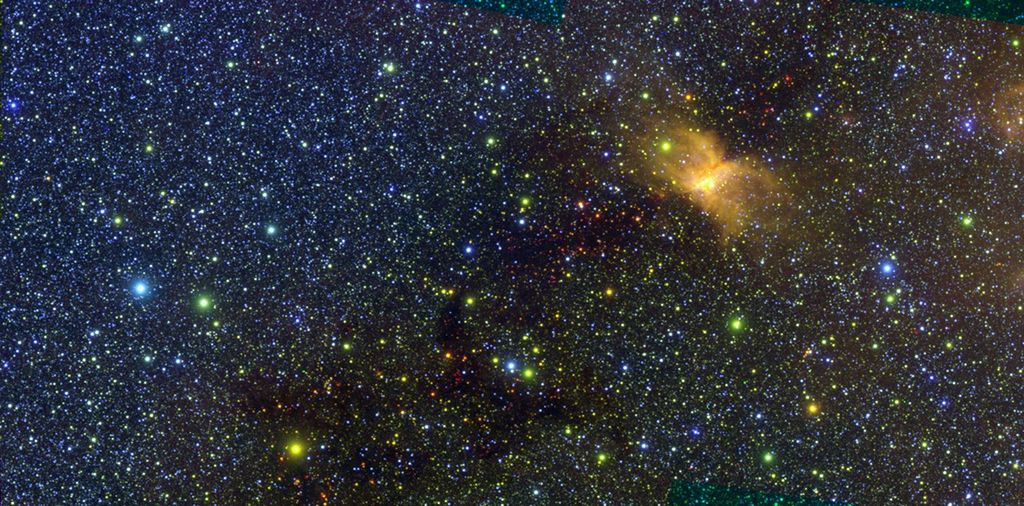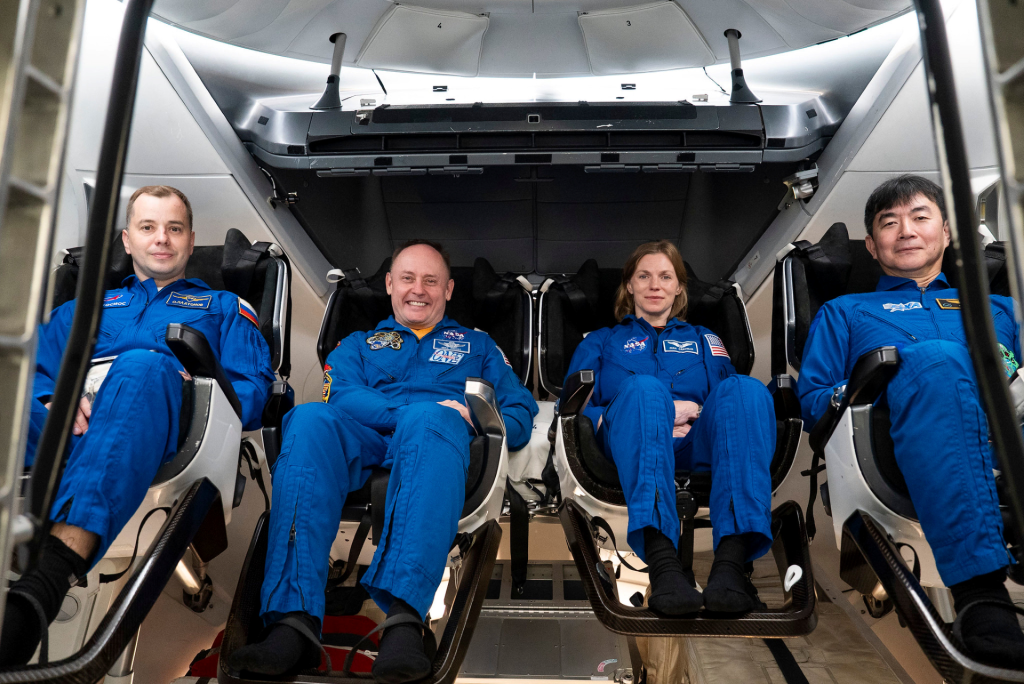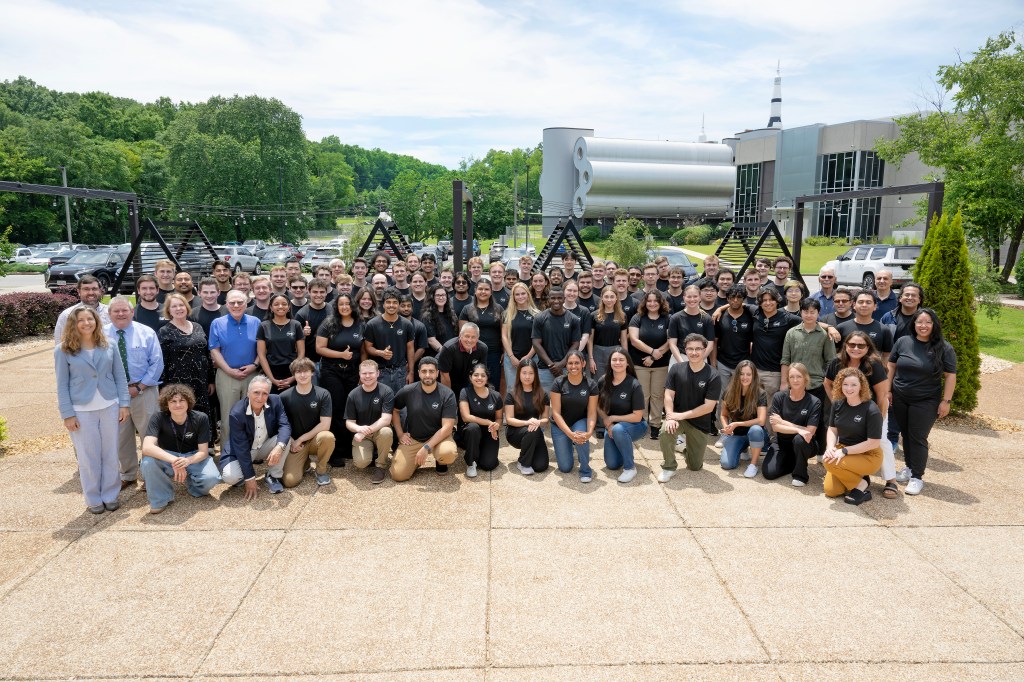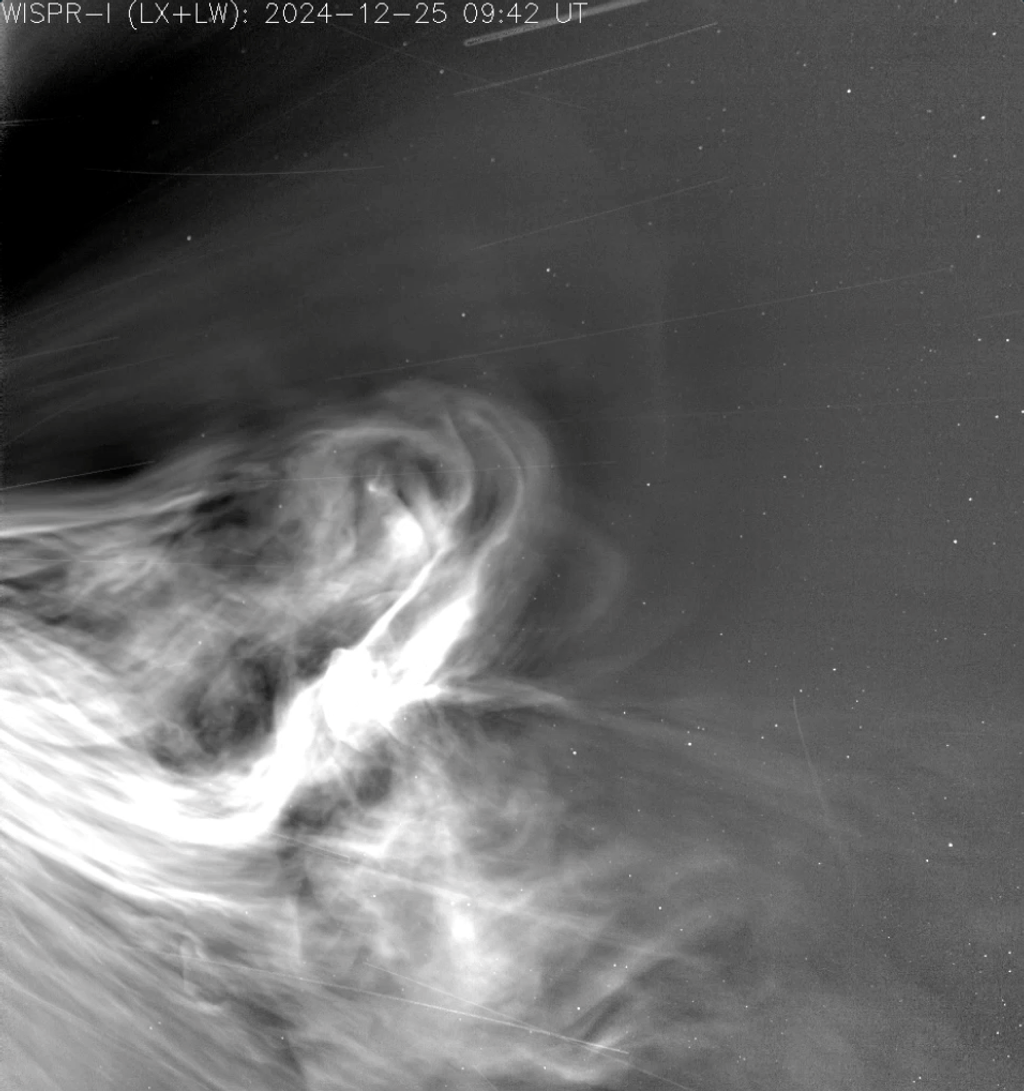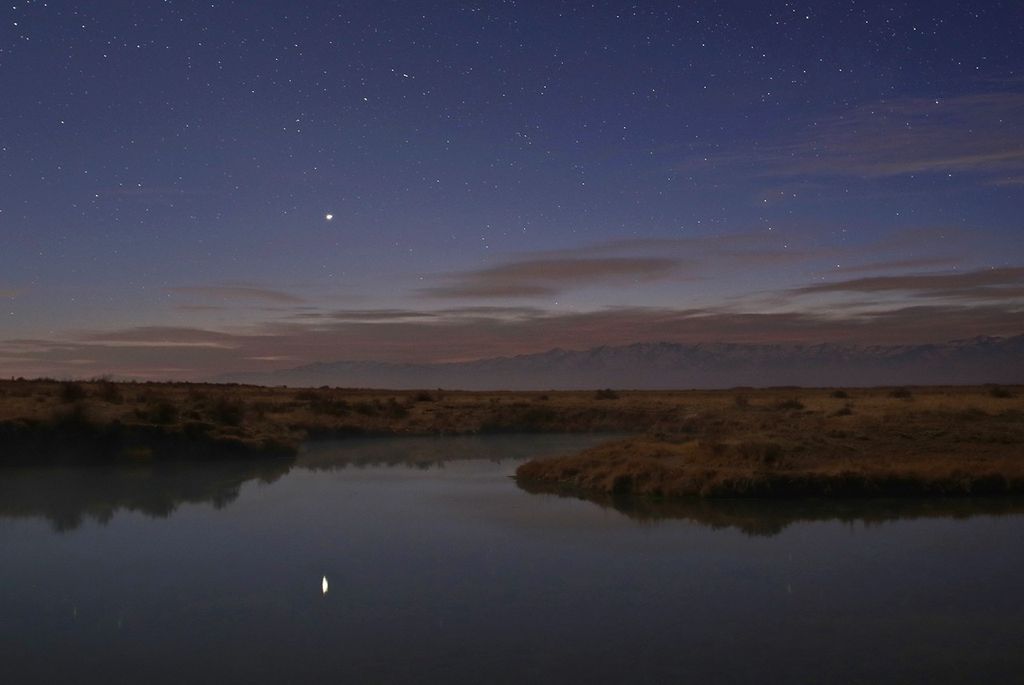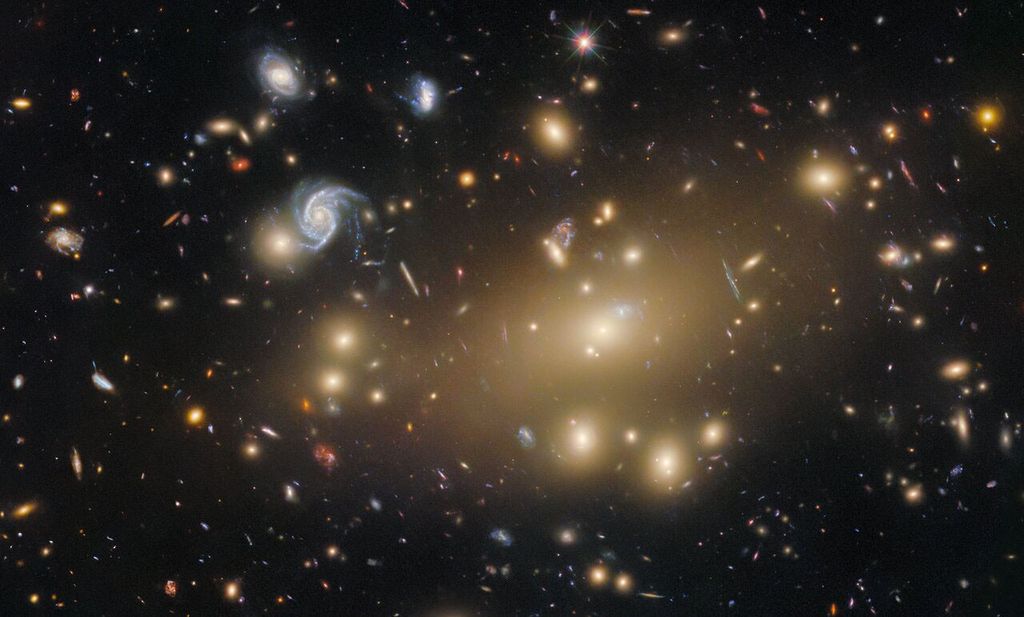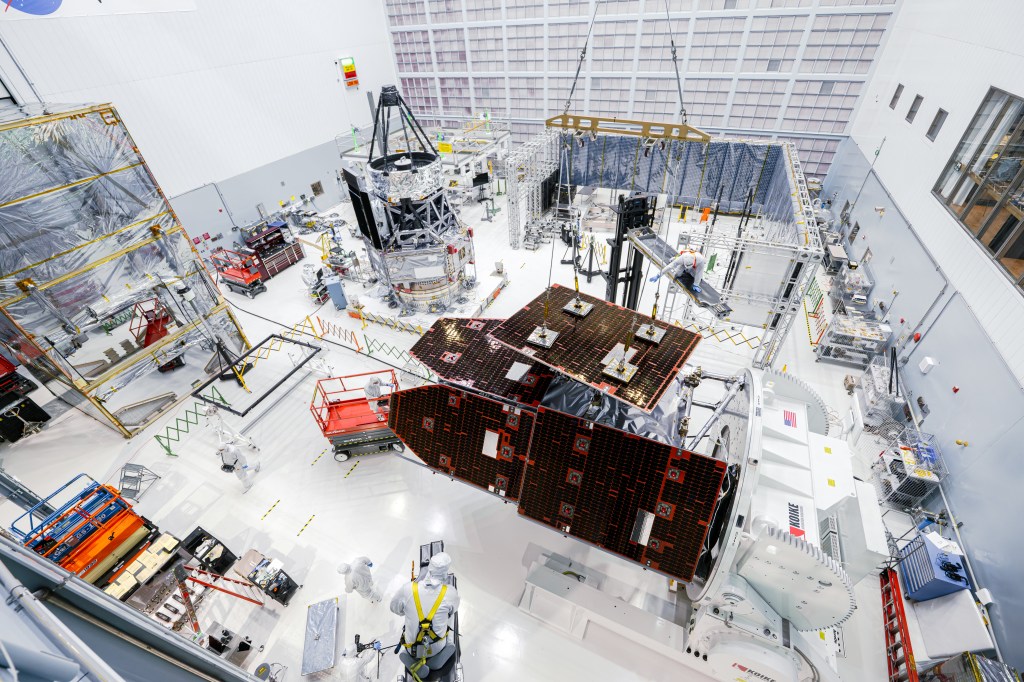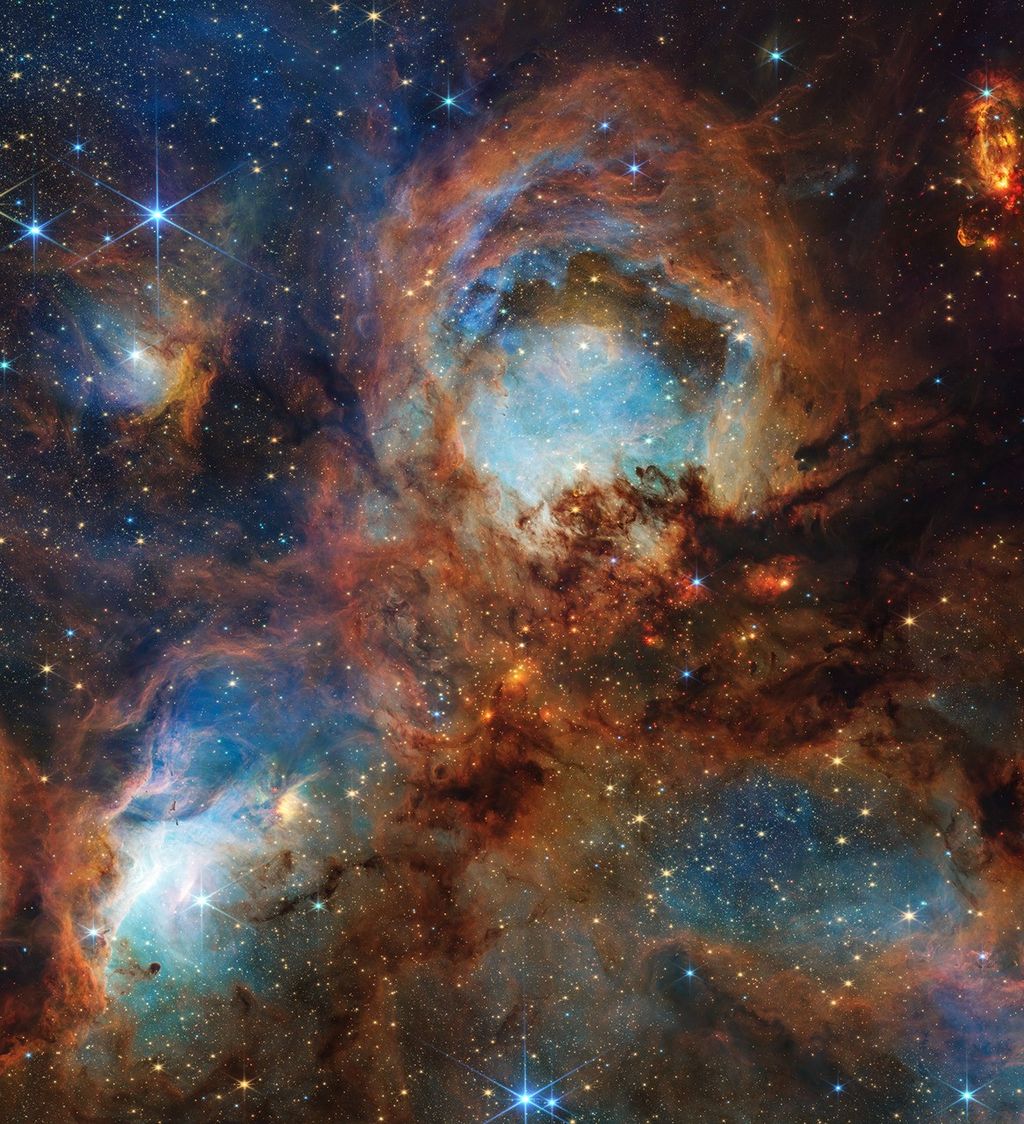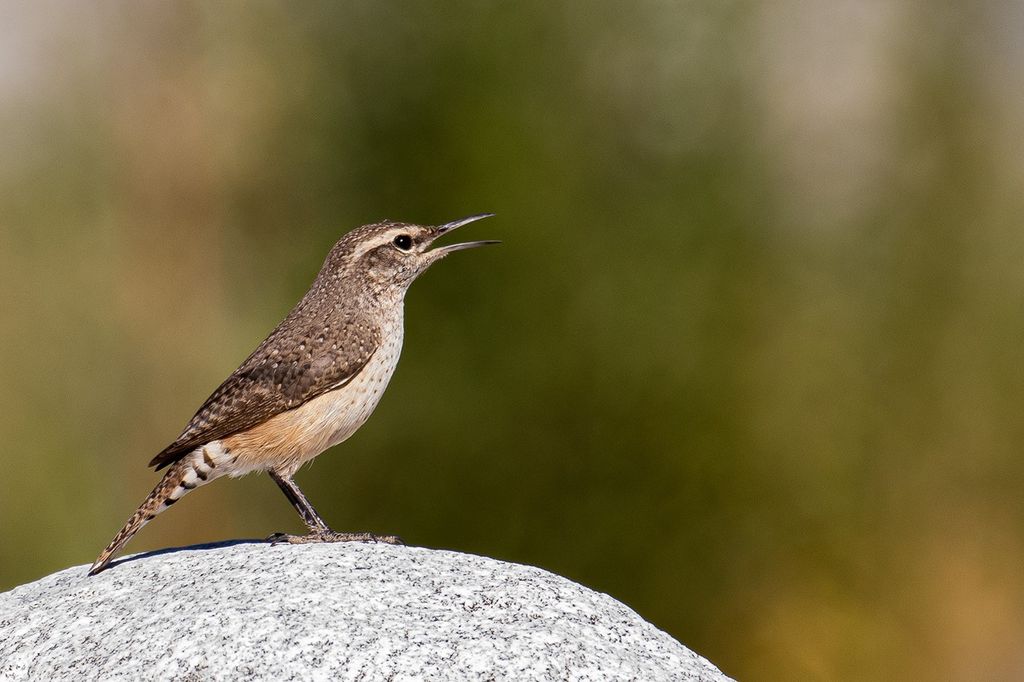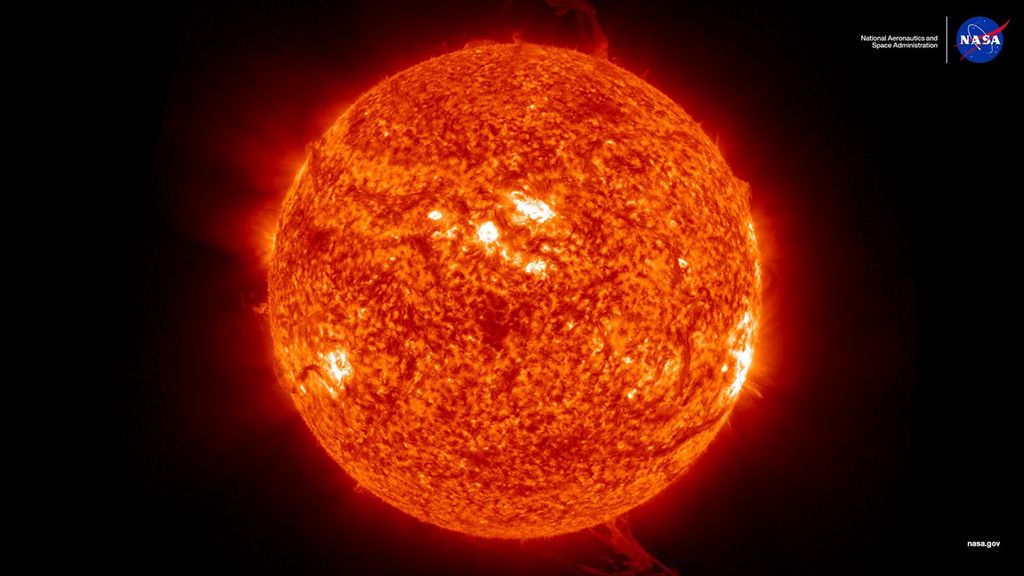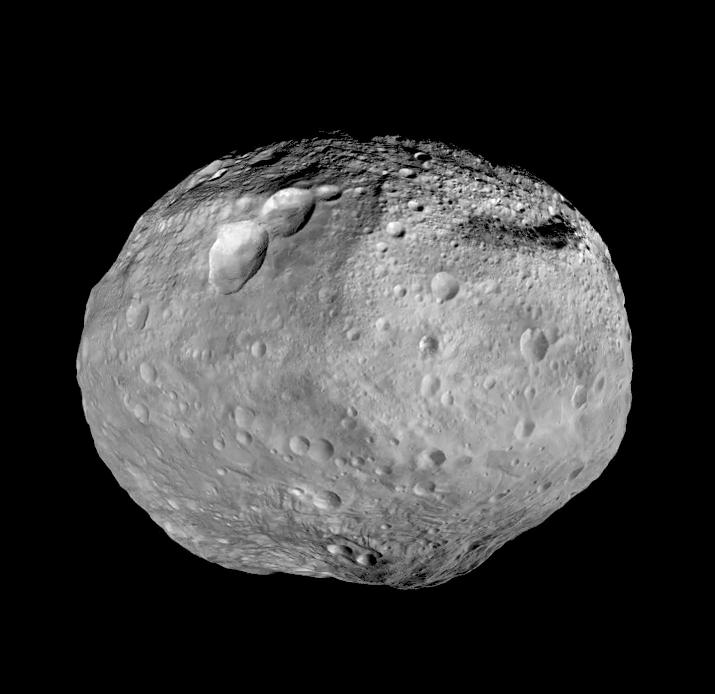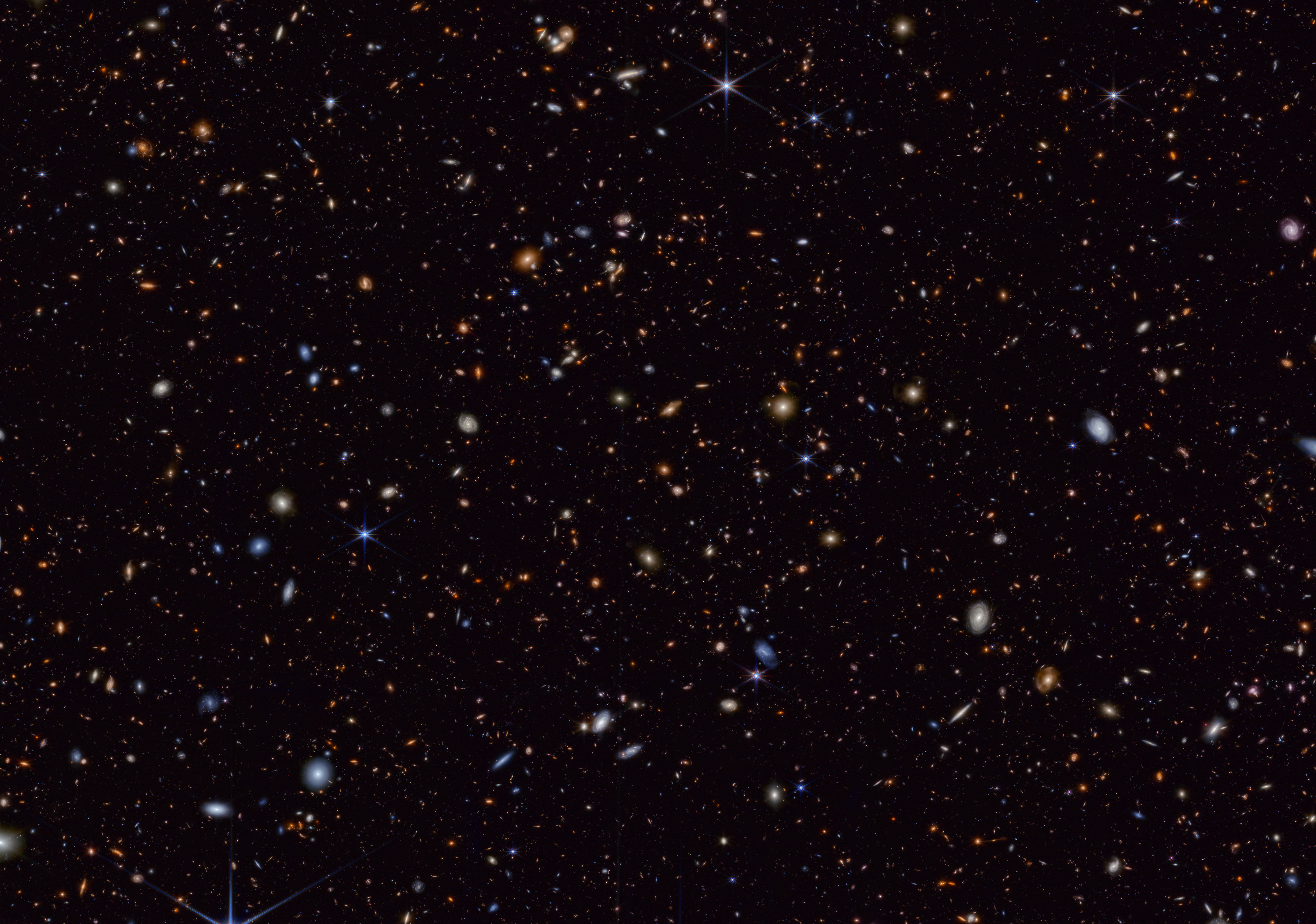Sun Stories

On its record-breaking pass by the Sun late last year, NASA’s Parker Solar Probe captured stunning new images from within the Sun’s atmosphere. These newly released images — taken closer to the Sun than we’ve ever been before — are…

An unexpectedly strong solar storm rocked our planet on April 23, 2023, sparking auroras as far south as southern Texas in the U.S. and taking the world by surprise. Two days earlier, the Sun blasted a coronal mass ejection (CME)…
.jpg?w=300&fit=clip&crop=faces%2Cfocalpoint?w=300px)
from NASA’s Heliophysics Education Activation Team (NASA HEAT) and the Astronomical Society of the Pacific/Night Sky Network Have you ever wondered about what the Sun is made of? Or why do you get sunburned on even cloudy days? NASA’s new…

UPDATE June 30, 2025: The second rocket of the SEED mission launched on Saturday, June 28, at 8:11 p.m. Marshall Islands Time (MHT). Principal investigator Aroh Barjatya reports that the rocket launched into active science conditions in the ionosphere and…
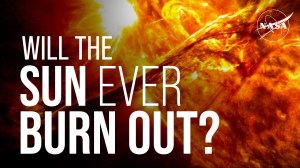
Will the Sun ever burn out? Well, the Sun, just like the stars we see at night, is a star. It’s a giant ball of super hot hydrogen. Gravity squeezes it in and it creates energy, which is what makes…
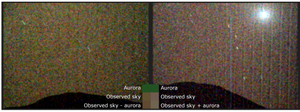
On March 15, 2024, near the peak of the current solar cycle, the Sun produced a solar flare and an accompanying coronal mass ejection (CME), a massive explosion of gas and magnetic energy that carries with it large amounts of…
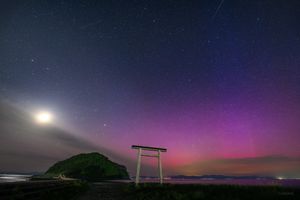
One year on, NASA scientists are still making huge discoveries about the largest geomagnetic storm to hit Earth in two decades, the Gannon storm. The findings are helping us better understand and prepare for the ways in which the Sun’s…
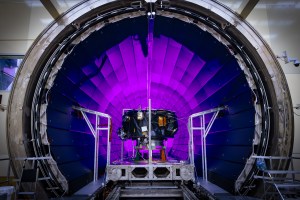
On March 18, NASA’s IMAP (Interstellar Mapping and Acceleration Probe) arrived at NASA’s Marshall Space Flight Center in Huntsville, Alabama, for thermal vacuum testing at the X-ray and Cryogenic Facility, which simulates the harsh conditions of space. The IMAP mission…

One year ago today, a total solar eclipse swept across the United States. The event was a cornerstone moment in the Heliophysics Big Year, a global celebration of the Sun’s influence on Earth and the entire solar system. From October…

How can I see the northern lights? To see the northern lights, you need to be in the right place at the right time. Auroras are the result of charged particles and magnetism from the Sun called space weather dancing…

